12 common criticisms people have about America
America is often seen as the land of opportunity, where dreams come true and anything is possible. But let’s not sugarcoat it; the reality is a lot more complicated. From sky-high healthcare costs to political chaos, the U.S. is facing some serious challenges, and they’re hard to ignore.
For example, according to Pew Research, only 22% of Americans trust the federal government to do what is right. If you’re an insider living through it or an outsider watching from afar, the issues are impossible to miss.
And trust me, some of the criticisms people have about America might really make you pause and think about what you believe. Here are 12 of the most talked-about criticisms of America from recent years.
Healthcare System Inefficiency and High Costs

America spends a lot of money on healthcare. In fact, a whopping $4.9 trillion in 2023 was spent on healthcare, which is 17.6% of the GDP, according to the Centers for Medicare & Medicaid Services.
But here’s the kicker: the healthcare system is still a mess. Despite spending more than any other country, the quality isn’t where it should be. Just think about it: $14,570 per person in healthcare costs, yet millions are still uninsured.
In 2021, Pew Research found that 48% of people think the U.S. healthcare system is below average. So, what gives? How is it that the richest country on the planet can’t seem to get healthcare right?
Extreme Income and Wealth Inequality

If you’re feeling like the rich are getting richer, you’re absolutely right. The wealth gap in the U.S. is wider than ever, with the top 10% of earners owning about two-thirds of the nation’s wealth, as highlighted by Statista.
Between 1980 and 2022, the bottom 90 percent of U.S. earners had wage growth of just 36 percent, compared to 162 percent for the wealthiest 1 percent and 301 percent for the top 0.1 percent.
U.S. Bureau of Labor Statistics notes that this divide is also racial, with Black Americans still earning less than their white counterparts. At this rate, when will the American Dream be accessible to everyone?
Gun Violence Epidemic
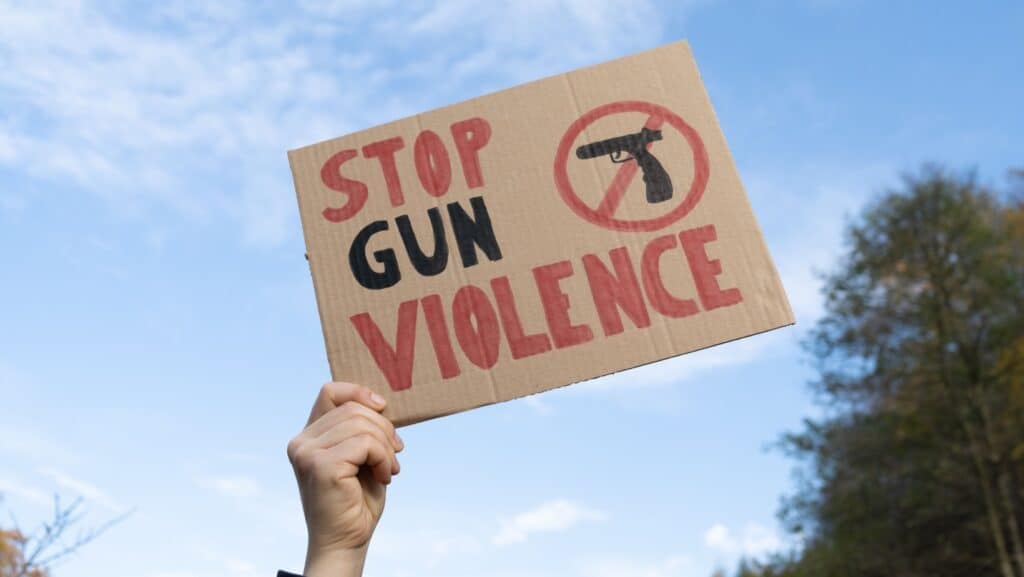
The United States remains at the forefront of gun violence worldwide. In 2024 alone, there were 16,725 gun-related deaths, according to the Gun Violence Archive.
The annual number of gun deaths in the U.S. far surpasses that of other high-income nations, prompting U.S. Surgeon General Vivek Murthy, M.D., to declare firearm violence a public health crisis on June 25, 2024.
Tragically, firearms have become the leading cause of death for American children—a grim distinction not shared by any other developed country. As the nation grapples with the ongoing gun control debate, many are left wondering when meaningful change will come.
Political Polarization and Democratic Erosion
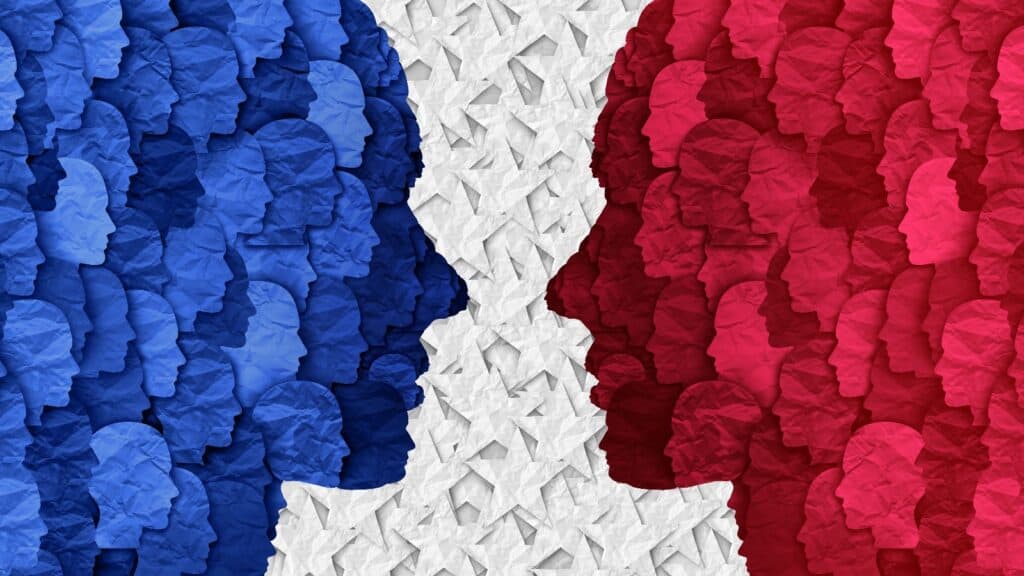
America’s political landscape is as divided as ever. A 2024 Chicago Council Survey found that 61% of Americans think political polarization is a critical threat to the nation. There’s less common ground than ever before, with both parties increasingly at odds.
It’s hard to get anything done when Republicans view the Democratic Party unfavorably, and vice versa. It’s like two teams, but the game has no rules.
When will we get back to the place where we can disagree without losing our minds? Sadly, maybe not anytime soon.
Student Debt Crisis

Let’s talk about the elephant in the room: student debt. The average American graduate in 2024 was burdened with $38,000 in student loan debt. And guess what? Total student loan debt hit an eye-watering $ 1.7 trillion in 2025, as noted by Bankrate.
To put it in perspective: that’s like everyone’s future dreams being held hostage by loan companies. Is higher education worth it when so many students are trapped by debt?
Despite some attempts to ease the burden, like Biden’s forgiveness plan, many are still waiting for relief that might never come. It’s like a broken promise that just keeps on giving.
Racial Discrimination and Systemic Inequality
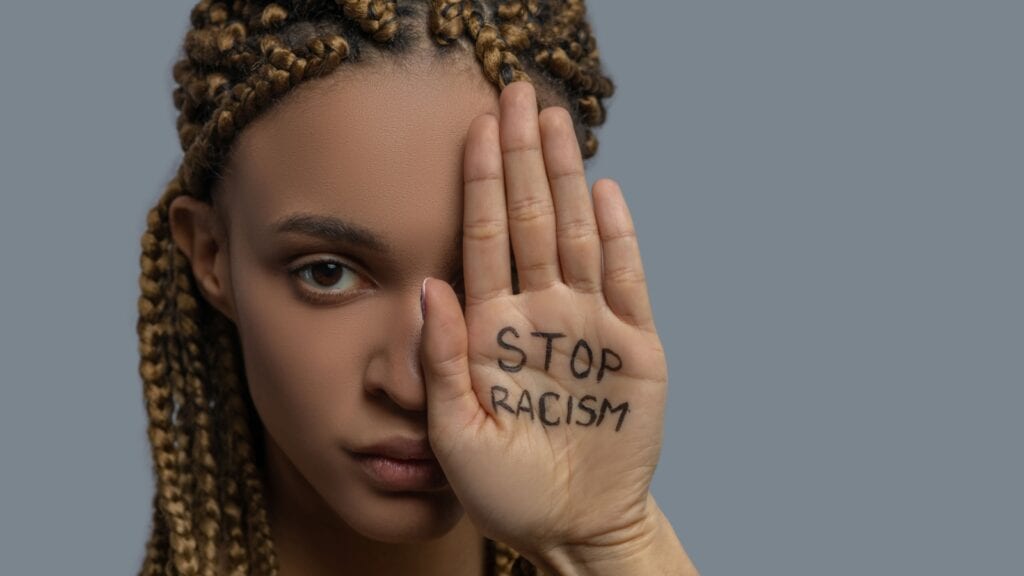
Despite decades of progress, racial inequality is still a massive issue in America. In 2025, the unemployment rate among Black workers was 7.5%, according to Investopedia.
This isn’t just about income; it’s about systemic issues that affect every area of life. Not just a statistic but a stark reality.
The sad truth is, these racial divides are persistent and entrenched, with little sign of significant change. When will the playing field ever be truly level?
Crumbling Infrastructure
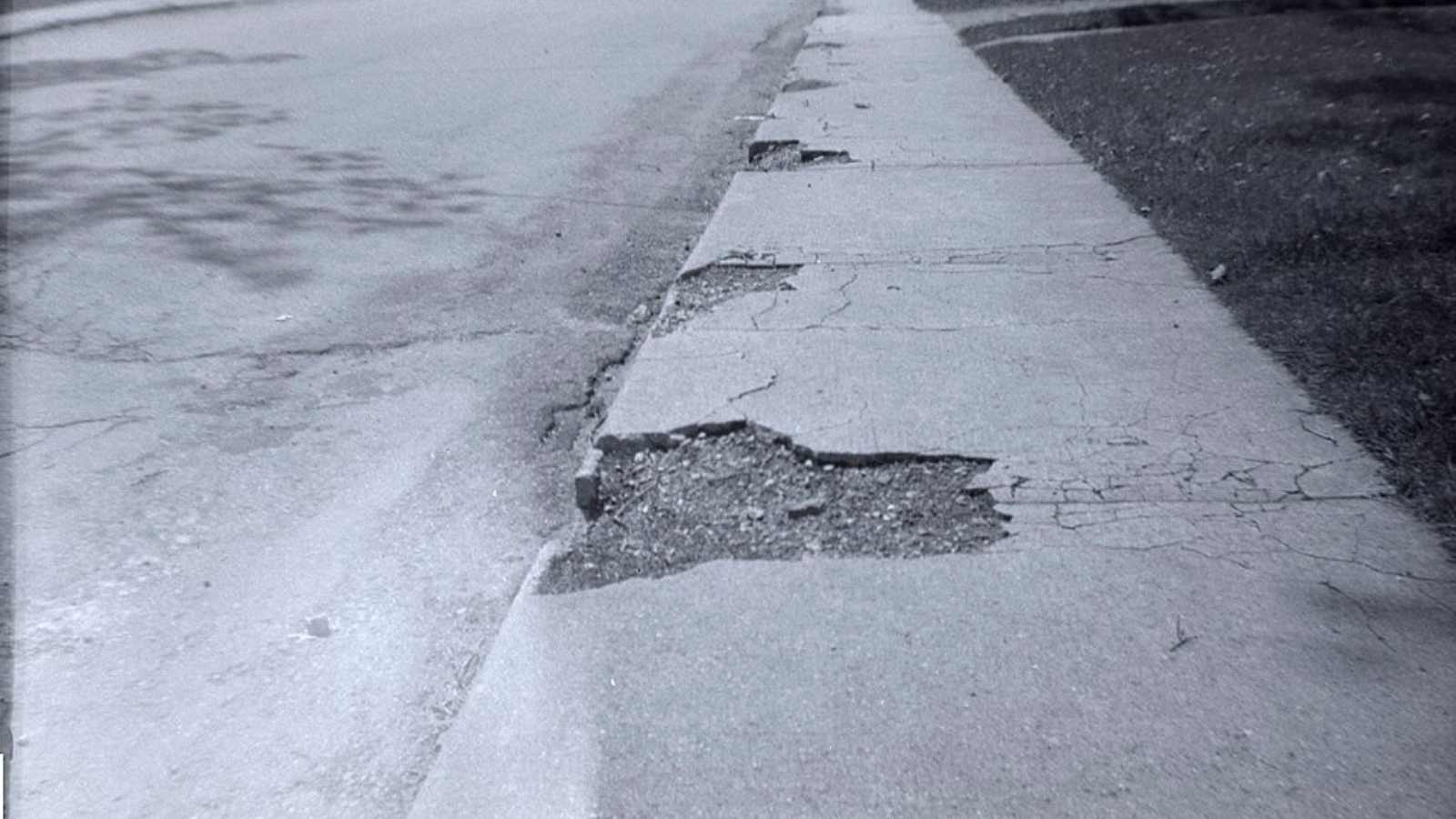
America’s infrastructure crisis poses significant economic and safety risks that affect daily life across the nation. The American Society of Civil Engineers has consistently given U.S. infrastructure poor marks(C-).
Warning that without substantial investment, the deteriorating state of roads, bridges, water systems, and other critical assets will significantly hamper economic growth and quality of life.
Mass Incarceration

It’s no secret that America has more people behind bars than any other country. Despite making up just 5% of the world’s population, the U.S. locks up more than 20% of the world’s prison population.
In 2024, the U.S. had about 2 million people in jails and prisons, with racial disparities that are hard to ignore. If the goal is to rehabilitate, we need to rethink the entire system. Is it really working?
Immigration Policy Controversies
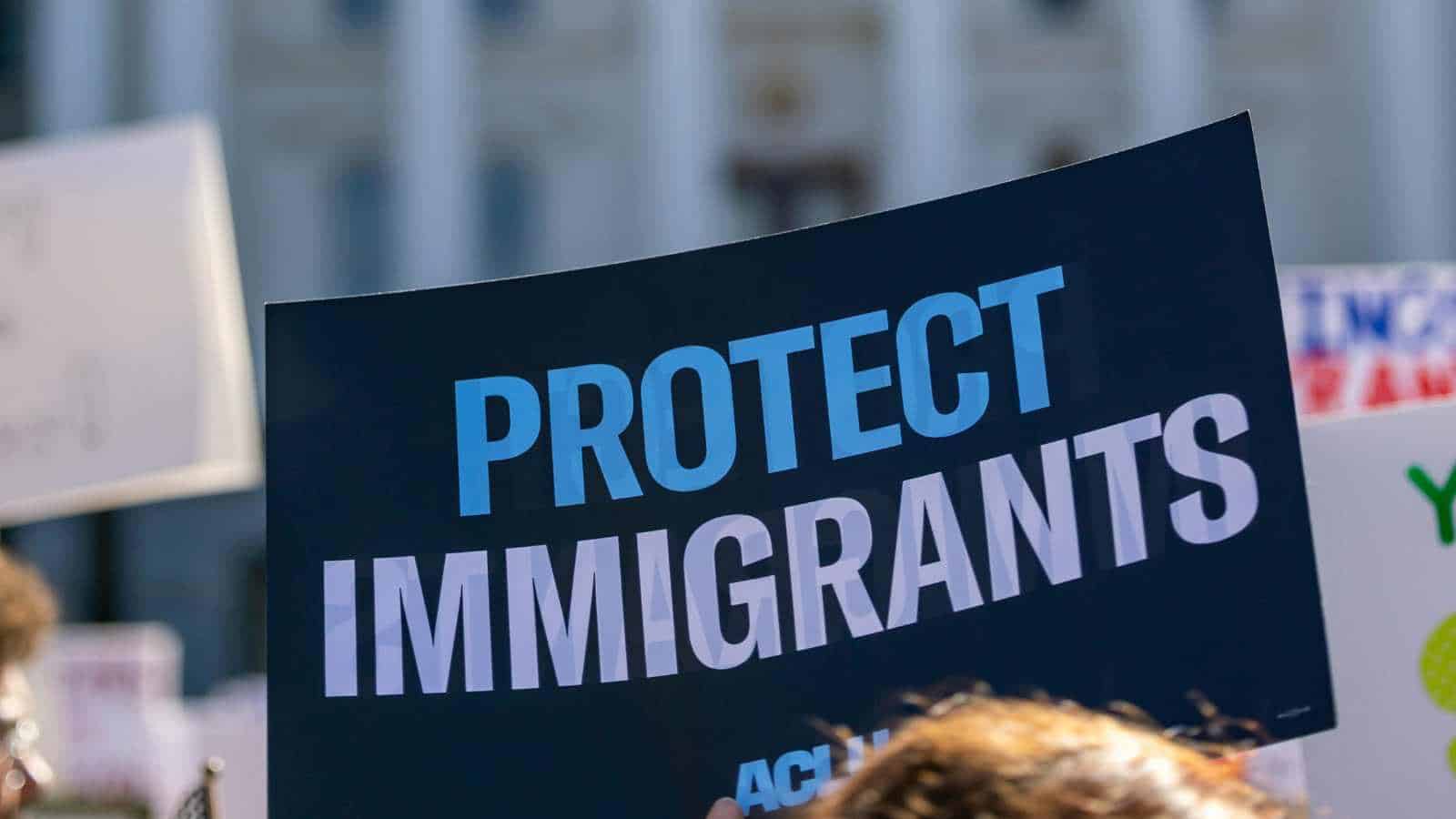
Immigration policy in America is, well, kind of a mess. One minute it’s about compassion and opportunity, and the next it’s about walls and deportations. The rules keep changing, the process takes forever, and no one seems to agree on what “fair” even means anymore.
Families get stuck in limbo, politicians argue endlessly, and people on both sides are frustrated. At this point, it feels like the country can’t decide whether to roll out the welcome mat or bolt the door shut.
Honestly, wouldn’t it be nice if America just picked a clear direction and stuck with it?
Climate Change Response Failures
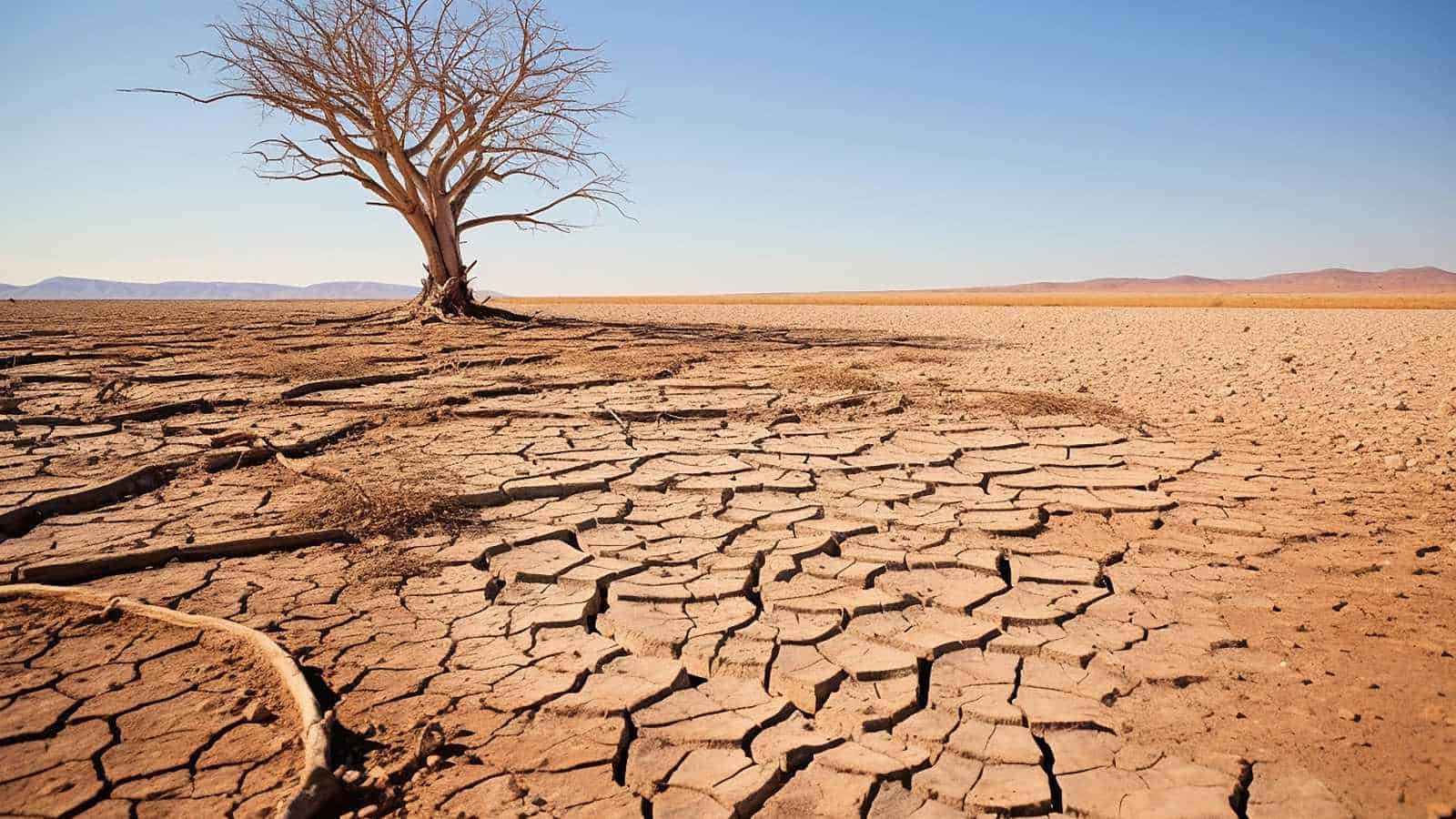
Here’s something we can’t afford to ignore: climate change. In 2024, the U.S. had 28 separate weather disasters that cost over $180 billion, according to NOAA. Despite this, the country remains politically divided on the issue.
But at this point, it’s not just about politics; it’s about survival. If we can’t get it together now, we might be paying the price for generations to come.
Educational System Failures

America’s education system is falling behind, and it’s getting worse. Schools are dealing with a major teacher shortage, and at the same time, half of Americans feel like the country’s K-12 education is heading in the wrong direction.
So what’s the fix? Less arguing over curricula, more focus on supporting and paying teachers, and a lot less red tape. It’s time to put the kids first and actually give schools the resources they need to thrive.
Can we get some action on this before our kids are left behind?
Erosion of Trust in Institutions

Right now, only 22% of Americans believe the federal government is doing what’s right, as highlighted by Pew Research.
And it’s not just the government; trust is slipping across the board, from religion to science to even the Supreme Court. It’s tough to make progress when people don’t believe in the systems meant to guide the country.
At the moment, it feels like America is in the middle of a full-blown crisis of confidence in its institutions. If we can’t trust our institutions, how are we supposed to trust the future?
16 Best Jobs for Pregnant Women

16 Best Jobs for Pregnant Women
Pregnancy is a transformative and joyous period in a woman’s life, but it comes with unique challenges and demands. One of the most crucial aspects during this time is ensuring a healthy work-life balance.
Finding the right job during pregnancy is not just about earning an income; it’s about maintaining your health, well-being, and peace of mind.
Why Supersonic Flights Vanished From Our Skies

Why Supersonic Flights Vanished From Our Skies
Every year on August 19th, National Aviation Day celebrates the marvels of flight and the pioneers who made it possible. But as we look to the skies, one question lingers. If we could fly from New York to London in under three and a half hours back in the 1970s, why are we still taking nearly seven today? Supersonic travel was once a thrilling reality. So, what grounded it?







